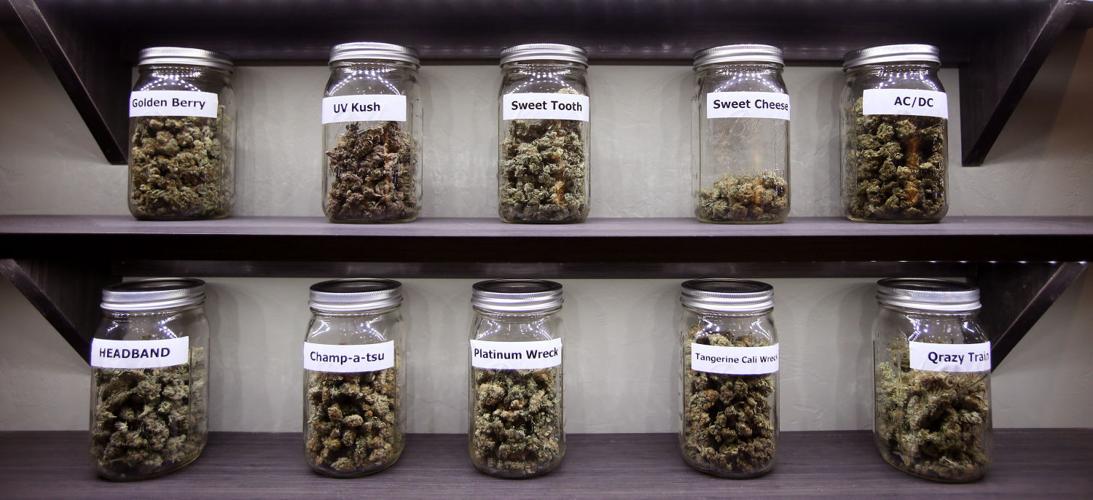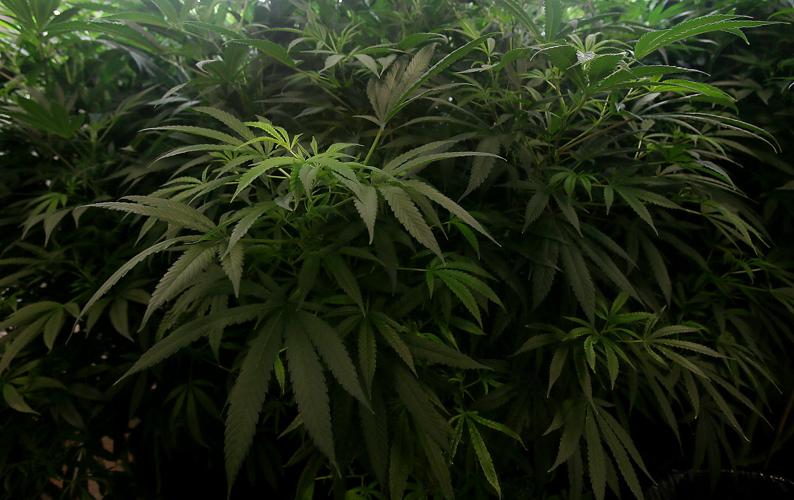Arizona’s more than 114,000 medical marijuana patients smoked, ate or otherwise consumed more than 29 tons of the drug last year.
That’s more than half of a fully loaded tractor-trailer’s worth of pot.
Or, looking at it another way, it’s the equivalent in weight of more than 58,600 bags of Oreos.
It’s also a 52 percent increase over the amount of pot legally sold in Arizona in 2015. And the 2015 numbers themselves were double the prior year’s.
What makes the 2016 figure even more remarkable is that the number of medical marijuana users has increased in the past year by less than 35 percent.
Doing the math, that means the average medical marijuana user consumed just under 8 ounces of the drug last year.
And if the average price of an ounce of marijuana is in the $300 range, that means users spent more than $281 million on medical marijuana.
The latest report from the state Department of Health Services also found that male patients statewide outnumber females by a ratio of close to 2-1.
The 2010 voter-approved law allows those with certain specified medical conditions and a doctor’s recommendation to obtain up to 2½ ounces of marijuana every two weeks.
Those conditions include glaucoma, seizures and nausea. And, more recently, the health department concluded that those suffering from post-traumatic stress disorder also can use the drug for treatment of their symptoms.
But the vast majority of people who have the state-issued ID cards have qualified under the broad catch-all category of “chronic pain.”
The health department has the figures because the 2010 law requires that users obtain their medical marijuana from one of what are now 131 state-licensed dispensaries. The only exception is for patients who live more than 25 miles away from a retail outlet, who make up about 1 percent of the total.
The vast majority of medical marijuana purchased — more than 90 percent — was in the form of whole leaves and flowers that can be smoked or made into tea.
About 6 percent was in the form of edibles like cookies and lollipops, with the balance in other forms like pills and liquids, the health department records show.
Not surprisingly, half of the patients reside in Maricopa County, with Pima County far behind at 13 percent. That is followed by the 6,332 patients in Yavapai County — about 5.5 percent of the total users — even though its population is only slightly more than half of Pinal County’s.
The report comes on the heels of Arizona voters narrowly defeating Proposition 205 on the Nov. 8 ballot, which would have allowed any adult to use marijuana.
Proponents have said they will try going to voters again, whether in 2018 or 2020.






